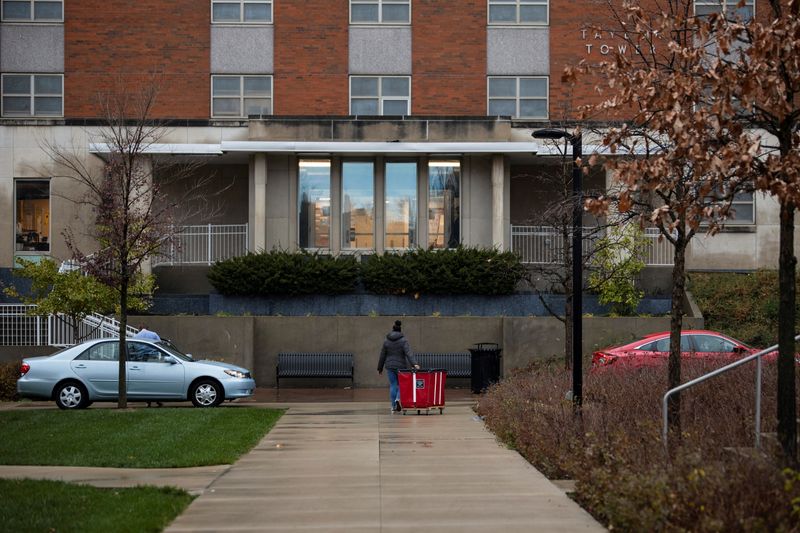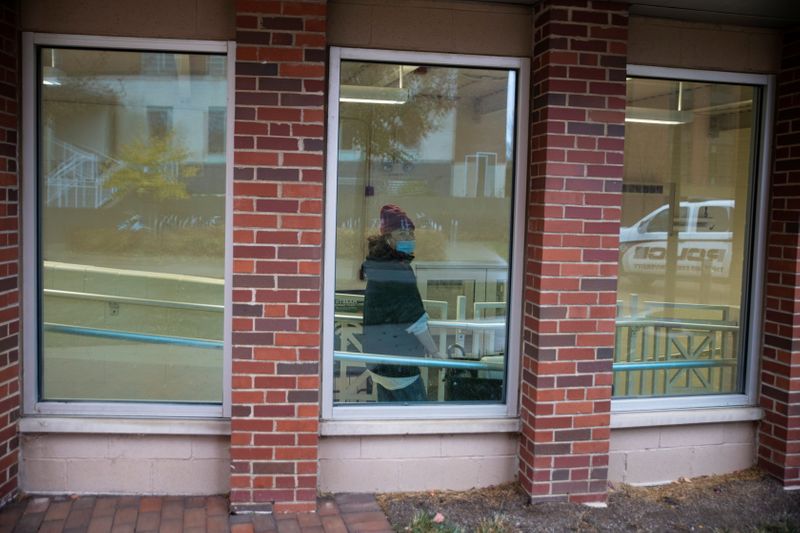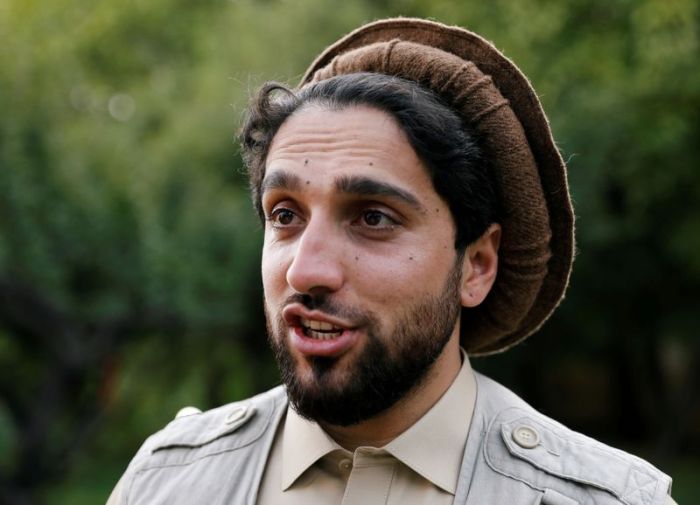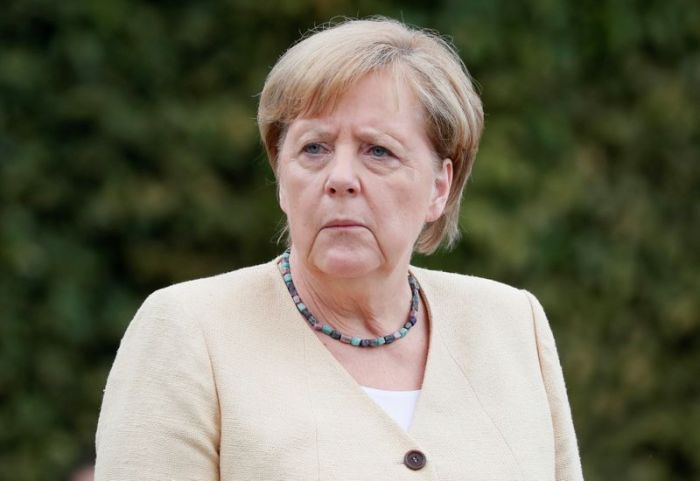WASHINGTON (Reuters) – Kofi Owusu occasionally waits outside the U.S. embassy in Accra to ask fellow students what they have done to secure a timely visa appointment.
Classes for his master’s program at Villanova University in Pennsylvania are scheduled to start Monday, but his in-person interview appointment for a first-time U.S. student visa is still nine months away. It’s the second time the political science student from Ghana won’t make it to the United States in time for school.
“I think they should just open up the system,” said Owusu, adding “they are operating on a rather limited schedule so I think they can broaden it and give students priority.”
Visa processing is delayed as U.S. embassies and consulates operate at reduced capacity around the world due to the COVID-19 pandemic, leaving some students abroad unable to make it for the start of the academic year.
The wait and the hassle threaten both the country’s standing as a preferred choice for international students and their economic contribution of around $40 billion annually to many universities and local economies.
New international student enrollment in the United States dropped 43% in fall 2020 from the year prior, months after COVID sent the world into lockdown. The number of new students who actually made it onto campus in person declined by 72%, according to an enrollment survey by the Institute of International Education (IIE).
Educational advocacy groups are calling for interview waivers and video interviews for students and scholars in lieu of the required in-person interview to obtain an F or M student visa.
“Many U.S. consulates overseas are still not operating at full capacity,” said Rachel Banks, senior director at NAFSA: Association of International Educators. “Students and scholars still find it difficult to secure an appointment.”
A U.S. State Department spokesperson encouraged students to apply early for visas, adding that the department prioritizes interview appointments for students and expedites appointments on a case-by-case basis.
“We are committed to supporting the U.S. academic community and U.S. economy through efficient visa processing, while safeguarding border security,” the spokesperson said.
A second spokesperson declined to comment when asked if the department is considering an alternative to in-person interviews.
To address visa processing slowed by the pandemic, the State and Homeland Security departments last year expanded the ability of consular officers to waive in-person interviews. Students renewing their visas within a year of their prior visa’s expiration are eligible for an interview waiver through December 2021.
The United States has hosted over one million international students annually since the 2015-2016 academic year, according to IIE data sponsored by the U.S. government. International student enrollment has been declining since, with the exception of 2018-2019.
International students contributed approximately $45 billion to the U.S. economy during the 2018-2019 academic year, according an IIE report, citing the U.S. Department of Commerce. Students contributed $1.8 billion dollars less during the 2019-2020 academic year as the pandemic raged, according to NAFSA.
‘LOSING TALENT’
Even before COVID, the U.S. visa process was considered one of the top three reasons for declining international student enrollment in 2017-19, along with the social and political environment and competition from other countries’ universities, according to a NAFSA report from 2020.
“We live in danger of losing talent,” said Ravi Shankar, assistant vice provost and director of the International Services Office at the University of Rochester. He said Western countries, including Canada and the United Kingdom, as well as China are the top competitors for international students.
U.S. universities have benefited from the economic contribution from large international student bodies as they often pay full tuition and help finance scholarships.
Additionally, international students contribute to local economies when renting off-campus apartments and patronizing businesses. However, other western countries make it easier for international students to study there.
“I have been to school in the UK,” Owusu said, adding “I didn’t go through the stress of seeking for an interview.”
U.S. colleges and universities received 13% more applications for fall 2021 from international students compared to the year prior, according to data taken from the Common App, an admission application more than one million students use to apply to colleges annually, earlier this year. Most of the top so-called “sending” countries showed increases, with the notable exception of China, according to Banks.
Advocates give the Biden administration credit for trying to give international students more certainty.
“I think that they are trying to message being a more welcoming United States,” said Sarah Spreitzer, director of government relations at the American Council on Education.
Suwade Pe Than, a rising sophomore at the Savannah College of Art and Design, considers herself lucky to have secured an appointment in June at the U.S. embassy in Yangon, Myanmar.
When she arrived at the short-staffed embassy, she waited almost three hours for her 10-minute interview. Pe Than believes the interview could have been conducted months prior via video teleconference.
“When they shut down the interviews, the students have everything else – the visa application done, the passport’s valid – but it’s just that one interview that’s keeping everyone from going to the States,” Pe Than said.
(Reporting by Doyinsola Oladipo; Editing by Daphne Psaledakis and Mary Milliken)



























